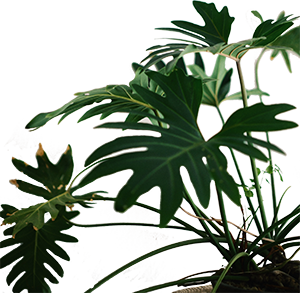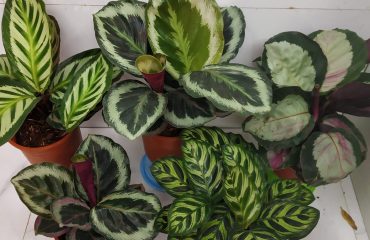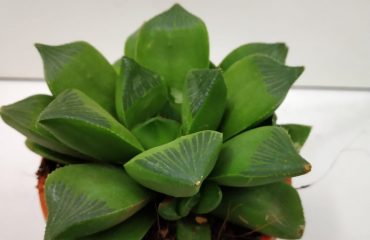How To Grow and Care for Fittonia
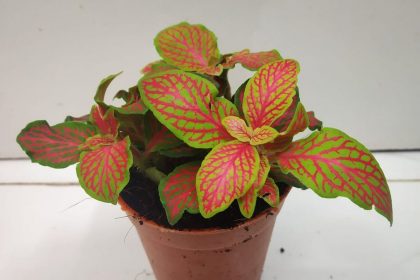
Fittonia (also known as the Nerve Plant, Mosaic Plant or Net Plant) might just be the cutest little drama queen you’ve ever met. Why the drama? Neglect your watering routine on your fittonia and it will wilt like a coffee fiend on a caffeine fast. Luckily for you, fittonia just wants attention and will perk back up after you give it a drink.
Nerve plants are definitely one of the most unique and beautiful plants out there, in my opinion,” says Gabby Santiago, Horticulture Lead at Rooted NYC. (Another benefit? They’re nontoxic to cats and dogs.) Read on for advice on how to grow and care for this stunner—we promise, with a little attention and care, they’ll be showy additions to your home.
How to Grow Fittonia
Water :-
If you’re going to love your fittonia, you’re going to have to love watering it. Although it will ‘faint,’ or wilt, when it’s feeling even a little bit thirsty, you don’t want to get in the habit of letting it do that before you water it. Fittonia do not like to have their soil dry out, but they don’t like it to be wet, either. Instead, a “barely moist” atmosphere is the way to go.
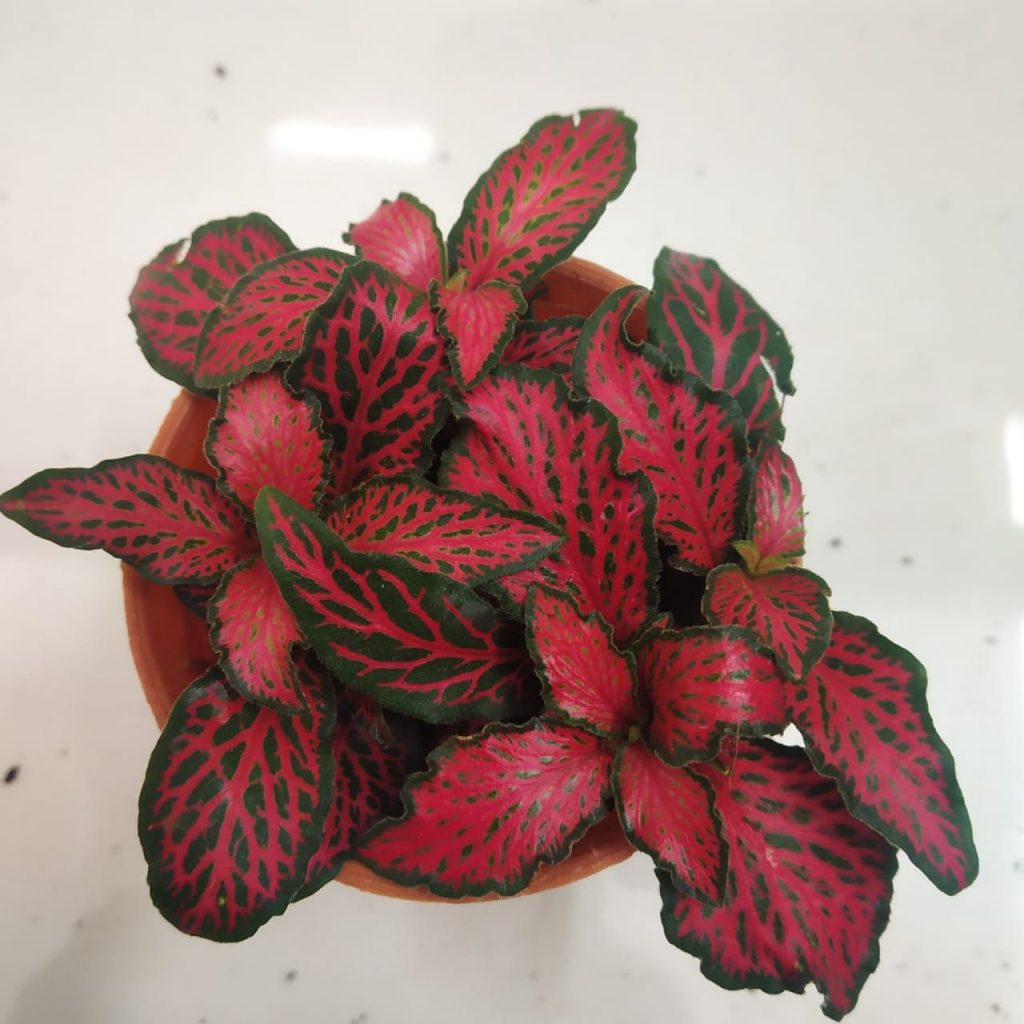
Light
Fittonia prefer bright, indirect light—think: north- or east-facing windows—or light through a filtered curtain (perhaps a few feet away from a sunny window). Never place this plant in direct sun.

“Oftentimes, I see nerve plants being sold as medium-light plants, but if you want to see growth, place them in bright, indirect light,” says Santiago. “While they can adapt to shaded areas, they will likely not produce those adorable yellow flowers that give them that extra something to admire.”
Temperature and Humidity
Make sure to keep fittonia at a consistent 25-35 degree C temperature, and place them away from drafty areas—chilly breezes can do permanent damage. “Temperatures that are too low will cause the plant to wilt dramatically but this time, there is no promise of a cool comeback like there is when it is thirsty
Since Fittonia are from Peru, they need a humid environment to thrive. A bathroom with enough light or a kitchen windowsill would be a great place for your Fittonia to grow. They also love a humid terrarium.
How to propagate Fittonia
You can propagate Fittonia by taking stem or leaf cuttings. “Simply cut the stem at the node and place it in water in a bright, warm space. Alternatively, you can cut a leaf and stick that in water as well,” says Santiago. This takes anywhere from two to eight weeks. Rooting powder can speed up that process.
Types of Fittonia
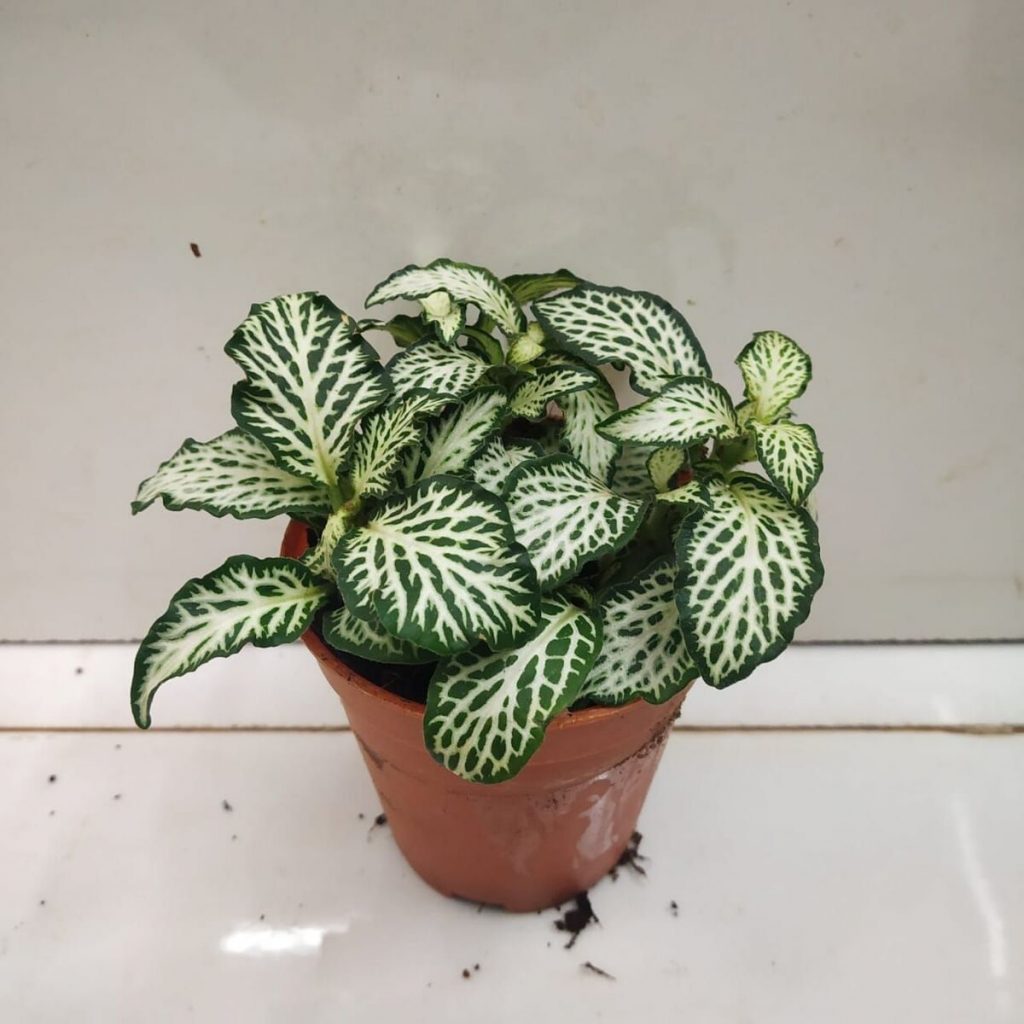
“Fittonia argyroneura and Fittonia albivenis are the two most common types to find at your local nursery or plant shop,” says Santiago. “The care for all of the varieties is the same, making it super easy for a collector to keep them.”
Red Nerve Plant (Fittonia verschaffeltii) has dark green leaves with red veins, and can even produce little yellow blooms if it’s kept super happy.
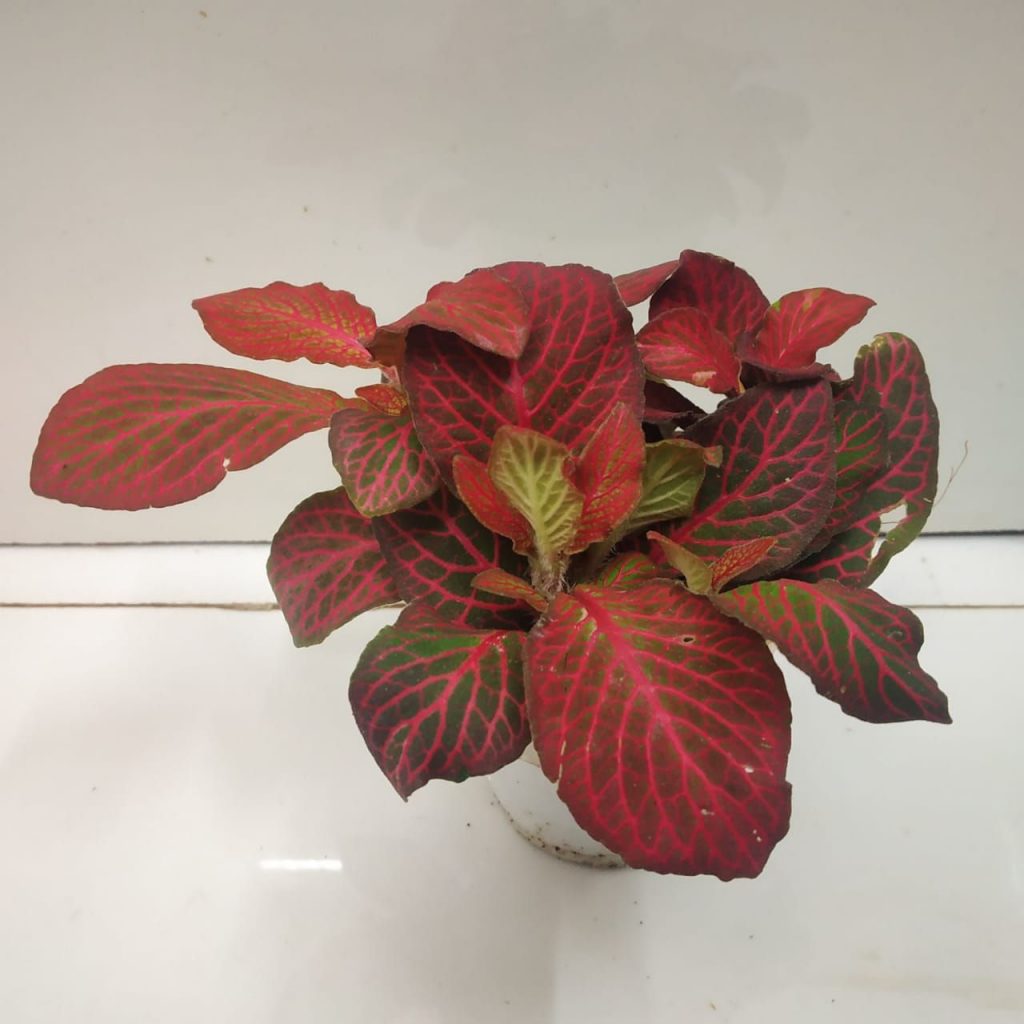
There are many pink variegations of Fittonia, but the Frankie Nerve Plant (Fittonia albivenis ‘Frankie’) is one of my favorite varieties, as its leaves boast more pink than green.
Although fittonia may not be a plant you can set on your windowsill and basically forget about (thank you, succulents), this is a plant that can remind us all that it’s nice to be tended to every once in a while—and that drinking water is important!


